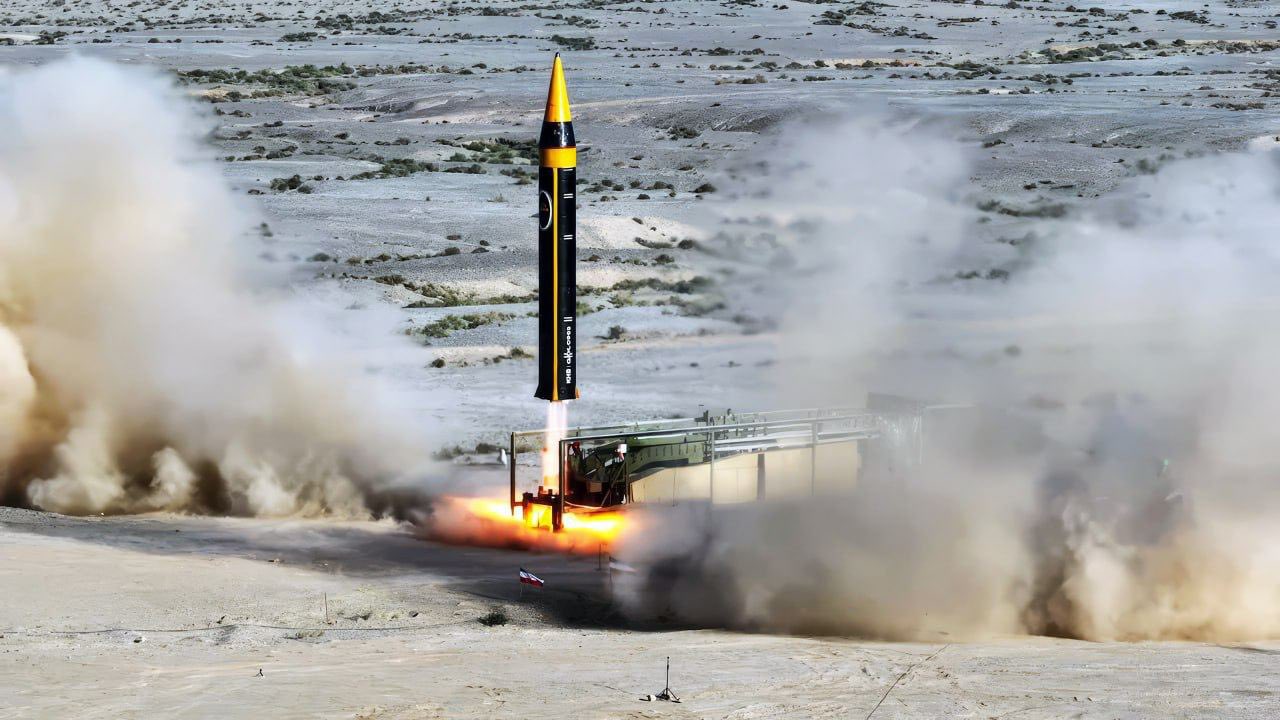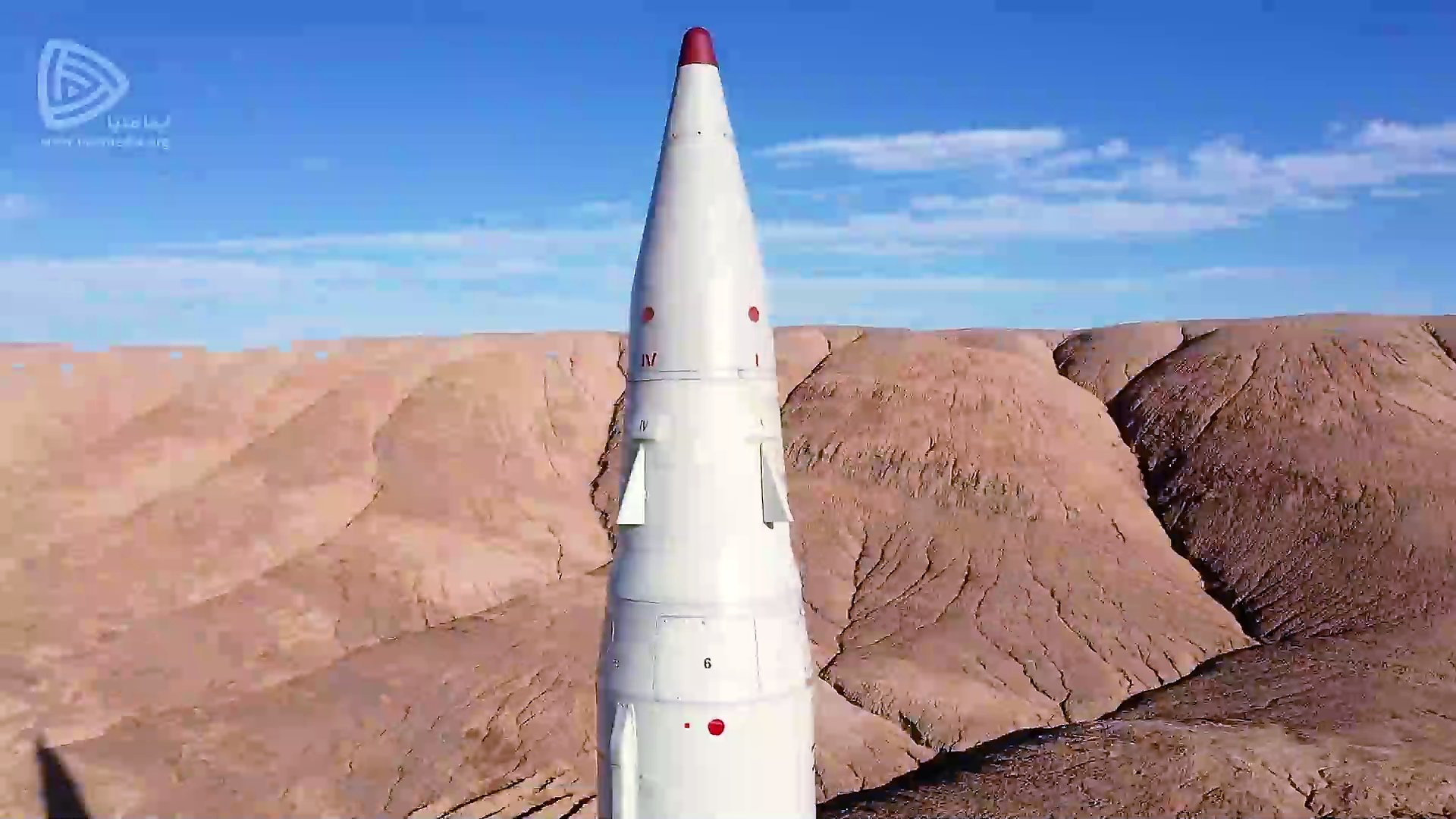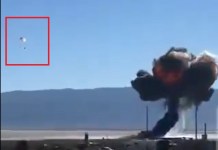The United States and France are troubled by the development of Iran and do not want the country to be strong, Iranian Foreign Ministry spokesman Nasser Kanaani said on Friday.
On Thursday, French Foreign Ministry spokeswoman Anne-Claire Legendre said that Paris was alarmed by the recent test launch of a ballistic missile conducted by Iran and considered it a violation of United Nations Security Council Resolution 2231.
“The same Western governments, most notably the US and France, who played an important role in inciting and supplying weapons … to Saddam (Hussein’s) regime for implementation of the military aggression and shelling of defenseless Iranian cities and people, and who are the region’s largest suppliers of weapons are concerned today by Iran’s progress and defensive power.
They object to Iran becoming strong,” Kanaani tweeted.
Earlier, in what could be another milestone for its burgeoning missile program, Iran unveiled a new ballistic missile with a range of 1,242 miles or 2,000 kilometers, which is enough to reach parts of its regional adversaries, including Israel.
Iran’s state media reported that the Iranian armed forces test launched the “Khorramshahr-4 long-range strategic missile” or the “Kheibar missile” in a ceremony on the morning of May 25 in the presence of defense minister Brigadier General Mohammad Reza Ashtiani.
A brief video of the ceremony was subsequently broadcast on state media, with the officials involved in the test claiming it a success. On his part, the defense minister reiterated the country’s resolve to bolster its defense and boost the Armed Forces’ capabilities.
The state broadcaster IRNA said the high-mobility tactical missile’s speed could reach Mach 16 outside the atmosphere and Mach 8 inside the atmosphere. Moreover, it has a range of 2,000 kilometers and is outfitted with a high-explosive warhead weighing 1,500 kilograms.
Projected as one of the most sophisticated missiles ever created by the Aerospace Organization of the defense ministry, this missile features one of the most cutting-edge liquid fuel engines installed in the fuel tank, which has cut the length of the missile to roughly 13 meters and given it tactical capabilities.
#BREAKING: IRAN unveiled a new Liquid-fuel Ballistic Missile named "Khorramshahr-4" with a range of 2,000 kilometers.
Iran's defense ministry claims the missile can carry a 1500-kilogram warhead and hit its targets with pinpoint accuracy.#IRGC #Iran #Missile #Khorramshahr4… pic.twitter.com/9WdXFDhpn6
— EurAsian Times (@THEEURASIATIMES) May 25, 2023
The Khorramshahr-4 missile has a navigational aid system and can transport a large warhead. According to official accounts, the enemy’s defense systems cannot detect, intercept, or take action to destroy the warhead due to its fast speed when it strikes the target.
Additionally, the missile uses active phase guidance and control and middle phase guidance and control.
This missile is the most recent iteration of the Khorramshahr family of point-blank missiles, which do not require final-stage guidance. However, the ability to target precisely when in mid-flight (above the atmosphere) distinguishes this missile from its earlier iterations.

According to a report by the United States Institute of Peace, the Khorramshahr family of missiles appears to be based on North Korea’s Hwasong-10 intermediate-range ballistic missile, or IRBM, which is, in turn, a modified version of the obsolete Soviet R-27 (SS-N-6) submarine-launched ballistic missile, or SLBM.
The test comes days after Herzi Halevi, chief of staff of the Israel Defense Forces, and other top military figures in Israel had issued dire warnings about the possibility of conflict with Iran over its nuclear program. The country has made no bone of its intentions to attack Iran’s nuclear facilities.
Iran has recently come under the scanner for its enrichment of uranium far above levels permissible under the now-defunct nuclear deal. Israel’s top military commander Halevi cautioned, “Iran has made more progress in uranium enrichment than ever. We are also closely examining other aspects of the [Iranians’] path to nuclear capability.”
Brigadier General Ashtiani, however, noted such unveiling ceremonies would continue to take place in the defense industry. Without naming a particular country, he warned that the determination of the Iranian Armed Forces to protect the nation and the successes of the Islamic Revolution was the message to the adversaries.
Despite being under crippling economic sanctions, Iran has been relentlessly advancing its missile program, which is now said to be the largest in the entire Middle Eastern region.
Iran’s Expanding Missile Program
Regarding delivering explosives across great distances, ballistic missiles have huge military benefits over more conventional aircraft or cruise missiles and considerable disadvantages. Thus, alarming Tehran’s regional rivals.
Ballistic missiles have several distinct military advantages, but their warheads’ lightning-quick descent to their targets is by far the most important. Due to this, they are tough to intercept and offer minimal warnings.
According to a report on the Islamic Republic’s missile program published earlier this year, Iran has launched at least 228 ballistic missiles since reaching its nuclear agreement with foreign powers in 2015.
The paper “Arsenal: Assessing the Islamic Republic of Iran’s Ballistic Missile Program” stated that Iran launched over 100 ballistic missiles in 2022 alone, more than three times as many as it did in 2021.
“Improvements in ballistic missile precision, range, mobility, warhead design, and survivability (including the creation of underground missile depots) imply an increasingly lethal long-range strike capability in the hands of the world’s foremost state sponsor of terrorism,” the report said.
“Ballistic missiles offer Tehran the means to deter, punish, and coerce adversaries,” the report noted. “They compensate for Iran’s conventional warfighting deficiencies and keep the door open for nuclear weapons.”

The report also emphasized the dangers Iran poses to Gulf states, Israel, and the US military in the region by supplying ballistic missiles to its proxies in Iraq, Syria, Lebanon, and Yemen. The report warned Iran is unlikely to scale up its missile program without consistent pressure.
Despite being severely criticized for arming non-state actors active in the middle eastern region, Iran’s defense industry has been credited to have performed exceedingly well in military innovation and production of low-cost munitions despite being under crippling sanctions.
- Contact the author at sakshi.tiwari9555(at)gmail.com
- Follow EurAsian Times on Google News




